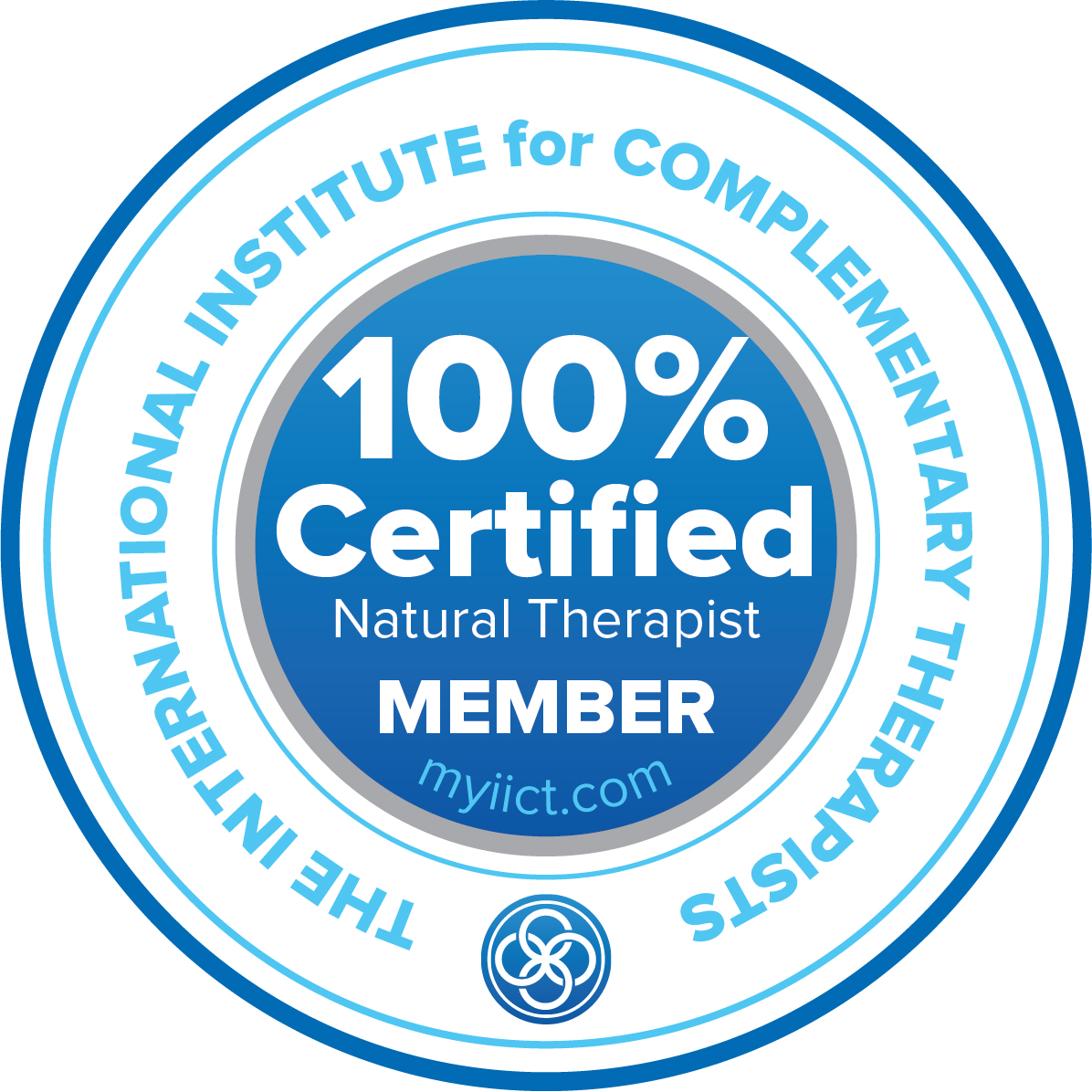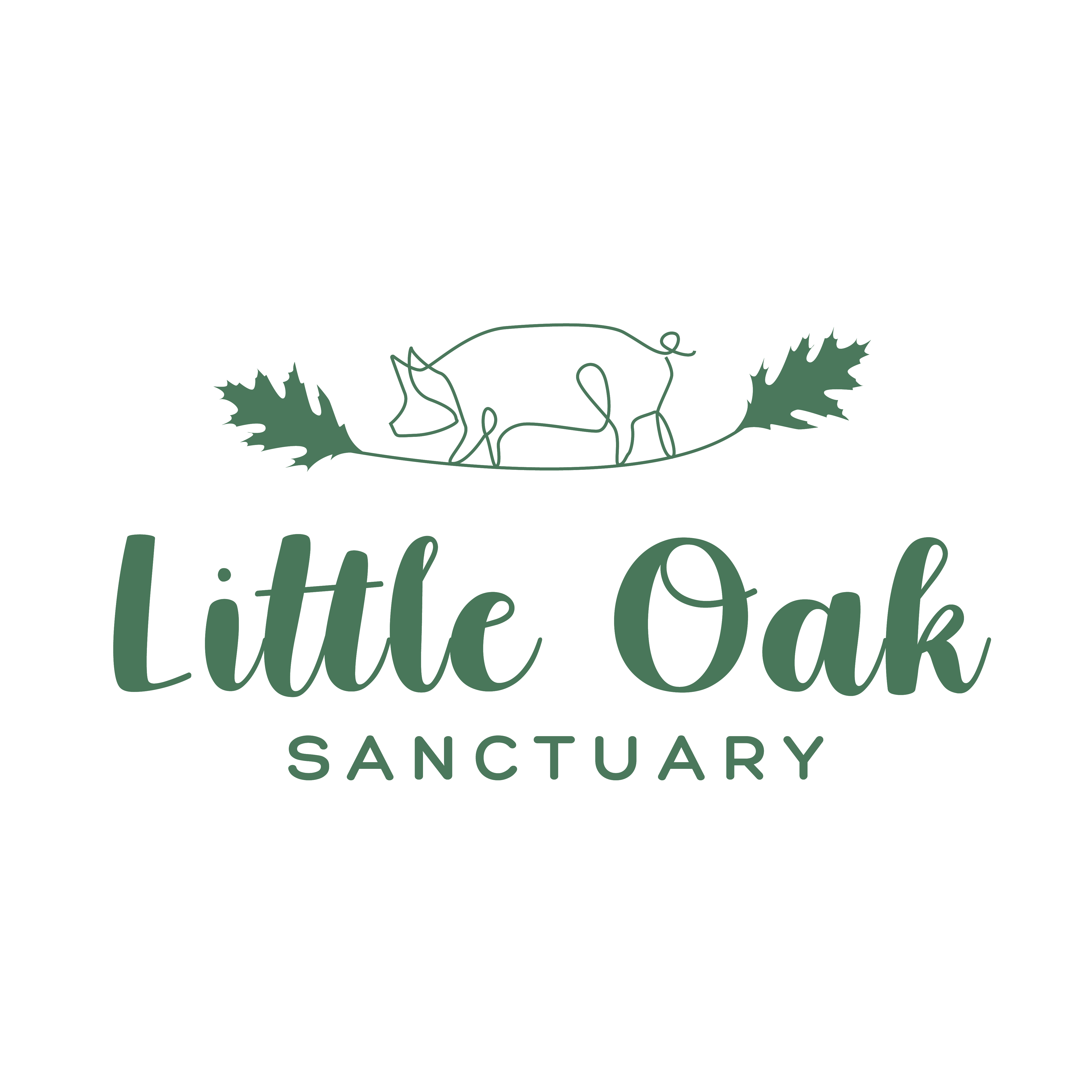For your chance to win a free consultation, sign up for updates here. There's a winner each month :)
Transforming Our Mistakes with Gold

April 2018
Ignoring our intuition
How many times have you said to yourself, 'I knew my intuition said not to do that! Now look at the mess I’m in …'?
As much as I tend to go on and on about the importance of following our intuition, I’m guilty of having ignored my own inner sense of knowing countless times in the past. Although I do this less often compared to when I was younger, it’s worse now in terms of how much I internally beat myself up afterwards, generally saying something along the lines of, ‘Aaargh! Why did I do that? I should have known better… I did know better!’
Lately I’ve been wondering how those sorts of mistakes might actually be used to make a positive impact on our lives somehow. How can we turn an intuitive lemon into a delicious lemonade?
Making mistakes beautiful
Back in the 1990s, I had to create a poster for a Visual Arts assignment that required us to make use of photography. I remember standing there in the darkroom, struggling to work out how long to keep each piece of photographic paper in various chemical solutions in the hope of producing the same tone for a bunch of black-and white photos. That level of consistency I was aiming for eluded me. One photo would come out looking really dark, another would be pale, another somewhere in between.
I resigned myself to the fact that I couldn’t get the photos to look the way I was aiming for. I ended up placing the photos on my poster in a way that highlighted the contrast in tone between them, with each dark photo slightly overlapping a lighter one, followed by another darker photo, and so on. My mistakes and misjudgements in the dark room actually turned out in my favour, as I created an original piece of artwork that looked quite striking. It looked as though I’d intended for that dark-light-dark-light pattern all along.
In the same year when I was learning about photography, I developed a fascination with Japanese culture. Aikido, Zen gardens and Buddhism, cute origami figures, cherry blossoms … what was there not to love? My most recent discovery relating to Japanese culture was that of Kintsugi, the art of mending breakages with gold and thereby transforming them into something beautiful.
Kintsugi and crooked temple columns
We know that if we fracture a bone in our body, the bone becomes even stronger after it heals than before it was broken. But can breaking something really result in it becoming not only stronger, but more beautiful?
Kintsugi can literally be translated to mean golden (‘kin’) repair (‘tsugi’). It’s a way of mending a broken ceramic object by joining the pieces back together using liquid gold, or lacquer dusted with powdered gold. The art of Kintsugi has been around for 500 years or so. It’s said to have come about after a Japanese military commander, Ashikaga Yoshimasa, dropped a Chinese tea bowl of sentimental value and asked Japanese craftsmen to repair the bowl in a manner that would allow the bowl to remain aesthetically pleasing.
If you’ve ever watched Dr Phil, you might be familiar with the phrase he often uses: ‘You can’t change what you can’t acknowledge.’ It’s understandable that we might want to avoid acknowledging our mistakes at times, or to even actively hide them from others and ourselves by trying to forget they ever happened. When it comes to using Kintsugi, however, mistakes are not hidden, disguised, or even just acknowledged. They are flaunted. Those cracks are highlighted and are believed to give the object more character. Whatever evidence of damage it endured is admired rather than considered a flaw. No ceramic object is cracked or shattered in the exact same way, so each piece is completely unique and all the more valuable for being so. The crack or damage, ironically, makes the object potentially more precious than it was before being broken, as opposed to rendering it worthless. Those cracks are transformed with gold.
The practice of using flaws or apparent mistakes in an open, visible way is not only found in Japanese culture. While visiting India a couple of years ago, a local guide directed my attention to a particular column that could be seen inside a large temple. Although we were told that no two columns were exactly alike, all but this one stood perfectly straight. The carvings on this column were as intricate and stunning as all the others, but it was the only one built at a crooked angle.
It was explained to me that the people who constructed this temple had held the belief that the more perfect something appears to be, the more likely it will attract the attention of an evil spirit and be vulnerable to attack. Given how much care and artistic skill had been used to build the temple to look as impressive as possible, it was decided that some asymmetry or obvious imperfection would be required to ward off any evil attack. What at face value had appeared as some sort of architectural mistake had actually been deliberately placed there in a central location for all to see (not hidden in some far corner of the building) to serve the important purpose of protecting the entire temple from evil.
Back to intuition
So after beating myself up all those times in the past, it seems the mistakes I’ve made may have served some sort of purpose, and that my life might be more beautiful because of them. Does this mean I want to keep making the same ones over and over again? Nope! Even a Kintsugi master with the finest gold and most impeccable skill would have trouble repairing an object smashed to smithereens. Although I don’t intend to purposely make the same mistakes in future, I recognise that the mistakes I’ve already made can be learned from.
For me, I know it’s often the case that I’ll go against what my intuition says because it’s guiding me to do something outside my comfort zone. At other times, I’ve wanted to experience something other than what my intuition is guiding me to do, and hoped that maybe – just maybe – I’d get away with pushing for what I wanted while disregarding my intuition just this once (as you can probably guess, this approach never ends well!)
Yet, if I look to transform those mistakes into something useful, I realise that there is some ‘gold’ to be found. I doubt that I’d be as determined to follow my intuition if it weren’t for those memorable consequences of having dismissed it previously. I’ve deepened my understanding of the importance of staying true to my inner guidance no matter what.
No matter how far outside my comfort zone I’m guided to go, no matter what advice other well-meaning people give, no matter what my logic screams at me, and no matter what it is I think I want apart from what my intuition guides me to do, I know it’s not a good idea to ignore my intuition. I have those memorable ‘cracks’ from all the times I’ve made that mistake before. I also believe that having greater resolve to follow what I’m guided to do has helped to sharpen my intuitive ability – after all, the more we learn to trust and follow our intuition, the more reliable it gets.
Transforming our mistakes with gold
This concept of transforming and learning from our mistakes has implications for our lives beyond simply learning to follow our inner guidance and to forgive ourselves for not always doing so. It can apply to any mistakes or issues with forgiveness we may be struggling with. By transforming our mistakes metaphorically with gold in our mind, we can highlight the extra humility, understanding, strength, compassion, or any other valuable qualities that may have been gained as a result.
I once saw a woman holding a crumpled piece of paper that she’d pulled out of a photocopier after it got jammed. The ink had smeared and the page was ripped and torn around the edges. This lady had been working on forgiving others as well as herself for things that had happened in her life, and she’d just photocopied an inspiring poem about recovering from trauma and shame. Rather than throwing away the piece of paper and photocopying the poem again on a brand new sheet, she held it close to her chest and shared how much more meaningful it was to her now. She said it was symbolic of what she had been through in her life, of her resilience, and of how she was able to survive and come out the other side in a more powerful way.
If there’s anything you still don’t quite forgive yourself for, or mistakes that you’ve been dwelling on, or areas of your life that seem ‘broken’, it might be worth exploring whether there’s any gold to be found, any lessons to take with you, any positive ways in which you’ve changed, and use all of this to move forward. Your life might be all the more beautiful for it :)
Click here to receive new articles by email
<-- Previous article Next article -->






